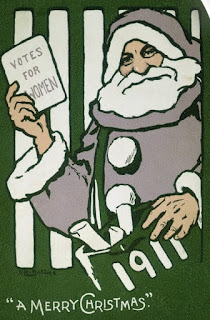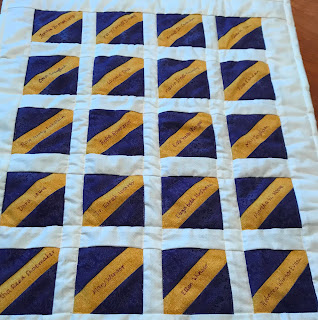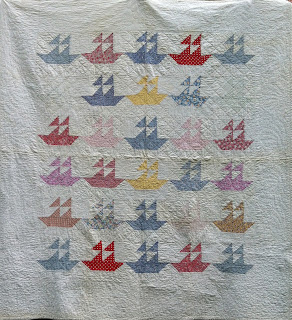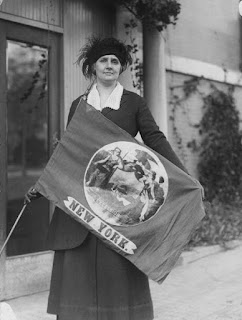Tuesday, December 31, 2019
Wednesday, December 25, 2019
The Open Christmas Letter
Five months into World War I, Europeans braced themselves as it became apparent that the war was not going to be a brief one. The toll on a generation of young men was great; technological warfare was introduced during this war as mustard gas, tanks, and automatic weapons killed and wounded more than Europeans had anticipated. Christmas of 1914 was a unique moment during the war; a number of unofficial ceasefires occurred and the troops from both sides celebrated the holiday together. For more insights you can read here.
On December 23, via suffragist Emily Hobhouse, this article was published in London:
A call for peace also came from some British women. On December 25, 1914, a public letter was released by British suffragettes. Signed by 101 suffragettes, it was addressed to the women of Germany and Austria on the first Christmas holiday during World War 1.
Is it not our mission to preserve life? Do not humanity and common sense alike prompt us to join hands with the women of neutral countries, and urge our rulers to stay further bloodshed?...Even through the clash of arms, we treasure our poet's vision, and already seem to hear
"A hundred nations swear that there shall be Pity and Peace and Love among the good and free."
May Christmas hasten that day.

In the U.S., there was a pacifistic tendency particularly among intellectuals. Among them was Julia Grace Wales, a Canadian born scholar who taught at the University of Wisconsin. Stories from the front weighed heavily on her as well and in December of 1914, she devised the Continuous Mediation Without Armistice Plan. Later called "The Wisconsin Plan", the plan sought for the U.S. to bring together intellectuals from all the nations as a way to promote a longstanding peace with a two fold plan: to provide peace without humiliation to any nation and exclude compromises that could rekindle the war.
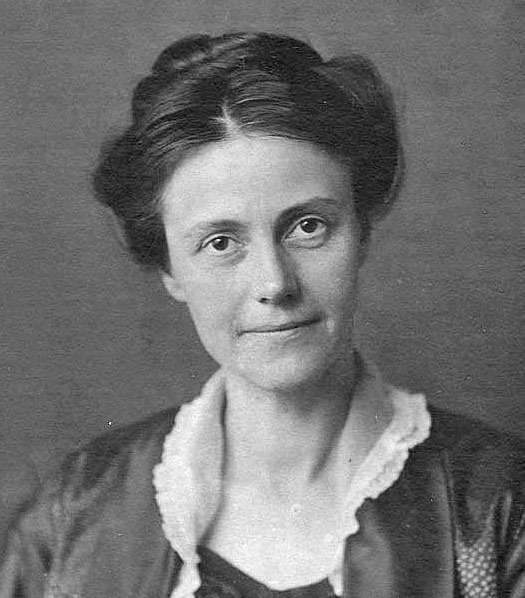
Julia Grace Wales
The plan was adopted by the International Congress of Women and many scholars feel it was the basis of the short lived League of Nations and Wilson's Fourteen Points.Beth and I wish you a holiday of peace and a new year full of kindness and joy!

Tuesday, December 24, 2019
Monday, December 23, 2019
The Suffrage Christmas Tree Party
Alva Belmont was a multi-millionaire and a big supporter of women's suffrage. She will be featured a number of times during the 2020 year. In the early part of the twentieth century, she with assistance of the Collegiate Equal Suffrage League (college students) decided to help the local poor children by sponsoring a Christmas party on Christmas Eve.
A nice suffrage doll my Mom gave me!
The intent was well-meaning and an opportunity to encourage more mothers to join the suffrage cause. The college students had distributed leaflets throughout the community.
Despite their good intentions, the plan went a bit awry when the children began to arrive at 6 p.m. instead of the appointed hour of 8. No one anticipated that TWO THOUSAND children would attend!
According to newspaper accounts, 4 police were at the event and had a heck of a time preventing the kids from getting trampled or hurt. The kids were disappointed that Mrs. Santa showed up instead of Santa himself.
The college women had donated 800 presents and Mrs. Belmont had contributed another 500 gifts--which meant that about 700 went home empty handed (although there was apparently plenty of candy for the kids).
The kids that hadn't received presents were told to return another night (and you can bet Mrs. Belmont made sure there was a new stash of gifts).
At the end of the event, the tree was chopped up and the wood sent home with the kids (probably for firewood).
"The suffragists say the next time they have a Christmas tree they will know the number of guests in advance," one newspaper reported.
I found that in later years the suffragists did hold Christmas parties, but mostly as a fundraiser for needy families in their location.
Have a splendid day!
Saturday, December 21, 2019
Xmas Notions
Are you ready for the holiday? It's that wonderful time when we are rushing around to complete all the holiday preparations.
As we have seen, sewing remained a part of suffragists lives. So this ad was particularly interesting right before Christmas.
From Minneapolis:
I was curious what a spool holder looked like and found this image:

If you are wishing you had some "Votes for Women" ribbon, I found the ribbon above at Zazzle. Unfortunately because it is still dark yet, the photo doesn't give a good rendering of the background color of gold. The printing is a bit off but it will work for my craft project.
Hope all your holiday shopping is finished and you can relax the next few days! Have a great day!
Tuesday, December 17, 2019
"Do You Use a Sewing Machine?"
Kath Conway, I'm still trying to reach you! You won the giveaway, please email me your address at allentownquilter@gmail.com
There's no other way to put this: some people objected to women voting because we were believed to be too stupid.
There's no other way to put this: some people objected to women voting because we were believed to be too stupid.
Early 20th century cartoon
There must have been some debate among Antis as to whether or not a woman could handle the technicalities of placing a ballot in a box. In 1915, New York suffragists published a pamphlet to dispute this idea in terms that you and I enjoy. 1915 was the year that NY, PA, NJ, and Massachusetts all had a referendum on the ballot in the fall for (male) voters to determine whether or not women should vote.
Here is the pamphlet, enjoy!
Saturday, December 14, 2019
Monday, December 9, 2019
Christmas gift and giveaway
The book, An Anti-Suffrage Alphabet is a bit misleading. It wasn't actually published in Britain by Antis but created by the Women's Social And Political Union (WPSU) as a fundraiser for Christmas 1911. The book featured different aspects of women's subordination to men in society. The images were actually stenciled and printed individually for folks who ordered them:
Doesn't it make you wonder how many Antis bought this thinking they were going to get propoganda that suited their perspective?
Beth and I are in the holiday spirit so we are featuring another giveaway. You have until Friday to comment on our blog. We are giving away John Q. Adams book Quilting Beyond Neutrals: Quilts Inspired by Nature's Elements with some fabric and other goodies in the package!
We are well aware that many of you are finishing Christmas presents but we chose this book because most quilters share a commonality after the holidays. We like to clean up our sewing rooms and then use up scraps and this book is a perfect tool for scrap quilts! Just leave a comment and we'll get put your names in our suffrage hat to randomly choose a winner!
Have a great day!
Thursday, December 5, 2019
You need a hat.
Suffrage Hats
It shouldn't be surprising that suffragists promoted certain fashion attire. Hats seemed to be a particular favorite of 20th suffragists and were part of a normal woman's attire.
British Suffragette hat, 1911
Of course American women wore hats for the cause. However, the price of the hat depended on where you lived.
This hat was advertised for the New York suffrage parade on May 4, 1912. The price in Arkansas and Washington D.C. was 28 cents. It was much more expensive in Kentucky at 38 cents:
And even higher in Ohio:
After the parade was held, a new 37 cent hat became the rage:
The idea of wearing the same hat was more about uniformity; the message--not the clothing--was important.
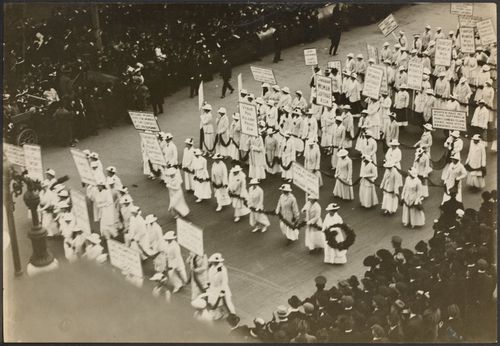
1913 Suffrage Parade in New York
The 1915 hat, adorned only with a ribbon of suffrage colors was to be worn in the October 1915 New York parade. No price was listed.
In May of 1916, more hats were advertised:
Note the price differences in the two hats. However, a month later, newspapers across the country listed the NAWSA hat at 25 cents.
Not sure if this is the same hat listed above but it was worn by suffrage protesters to parade at the same time as the Republican Convention:
Nina Allender was the illustrator for The Suffragist, the newspaper published by the National Woman's Party. She often used elements of the movement as metaphors in her illustrations:
Have a great day and you may need a hat today, it's supposed to be cold!
Tuesday, December 3, 2019
Detroit, MI: Sewing for the Cause!
Mrs. Brotherton of Detroit, Michigan had two problems. She needed an extensive set of napkins hemmed by hand for her daughter's upcoming wedding and she needed to raise money for the suffrage cause.
Mrs. B. combined the problems. "I'm having a suffrage sewing bee and paying my guests to come and sew for me--see to it that every cent I pay, goes into the suffrage society treasury."
Mrs. B. combined the problems. "I'm having a suffrage sewing bee and paying my guests to come and sew for me--see to it that every cent I pay, goes into the suffrage society treasury."
The guests had a wonderful time and apparently enjoyed a delicious gateaux (rich cake). The women made up little ditties as they sewed. Here is my favorite:
"I've met some noble Williams,
And some dashing chaps named Will.
But the boy who'll conquer Lansing yet,
is just plain suffrage Bill."
Thursday, November 28, 2019
Wednesday, November 27, 2019
Kate Heffelfinger
One hundred and two years ago, Silent Sentinel Kate Heffelfinger was released from the Occocquan Workhouse. It was Kate's 28th birthday.
Like many of the prisoners who had partaken in the hunger strike and then forcibly fed, Kate was so weak that she had to be assisted to the automobile.
Despite the ordeal, she continued to picket and was an active member of the National Woman's Party from 1917-1919. After the 19th Amendment was passed she ran for State Representative in 1920; she did not win that race.
Kate Heffelefinter (1889-1958)
Born in Shamokin Pennslyvania, Kate wrote for the NWP, and organized suffrage support in Pennsylvania and other states.
Kate never married and developed health problems as the years passed. After her mother's death in 1940, Kate's mental health began to deteriorate as well. It is quite likely that she suffered PTSD and the trauma of losing her mother triggered her psychological problems afterwards. I ran this theory by my friend Chris who is a Psychologist and he said her story suggested that as well. Kate passed away in the Danville Mental Hospital in 1958.
Happy Birthday Kate Heffelfinger. You are not forgotten.
Sunday, November 24, 2019
Happy Birthday Mary H. Ingham!
Mary H. Ingham (1866-1937)
By 1917, there were two rivaling suffrage groups--the more conservative NAWSA (National American Woman Suffrage Association) and the more militant NWP (National Woman's Party). Mary Hall Ingham was a leader for Pennsylvania's branch of the NWP.
A Bryn Mawr graduate, she was a supporter of suffrage, had campaigned for Teddy Roosevelt in 1912, and assisted labor movements.
As a Silent Sentinel, she was arrested three times for picketing. In 1917, after her first release from prison, she raised $8,000 (roughly equal to $150,000 today) by speaking to people from her home.
Mary led the charge to insure Pennsylvania ratification for the 19th Amendment. This was no easy feat as the the 1915 campaign had proved. On June 24, 1919, the Pennsylvania legislature voted to ratify the amendment.
Mary is included in my quilt that honors Pennsylvania Silent Sentinels.
Would you like to learn about the Silent Sentinels that were arrested from your state or incorporate them in your quilt challenge?
An easy resource for you is an excerpt from Jailed For Freedom. The book lists the women arrested, their backgrounds, and where they lived. I found the book online for you. The link is here.
Wednesday, November 20, 2019
Poem: "Votes for Women"
This poem would have made a great vaudeville skit!
“Votes for Women”
“Wha’s all that noise?” The captain asked
The mate stood by, a-grinnin;
“It’s female women, sir,” he said,
“They’re shoutin’ ‘Votes for Women.’”
“A curse upon them mate” said he,
And sent his wheel a-spinnin,
“Whoever heard of
such a thing
As givin’ votes to women?”
“Go down there,” he commanded,
“An’ clear the bloomin’ cabin.
We’ll ‘ave no blarsted meeting here,
Or cries of ‘Votes for Women.’”
When mate returned he was a sight,
Skirts covered the underpinnin’,
While on his back he wore a sign:
“We’re After Votes for Women.”
The captain quailed before the gaze
Of fifty angry women,
Then quickly dove into the sea,
Where they say he’s still a-swimmin’
Now the moral is, be not too gay
When “knockin” “Votes
for Women,”
For a woman’s wrath is not a thing
At which you should be grinning.
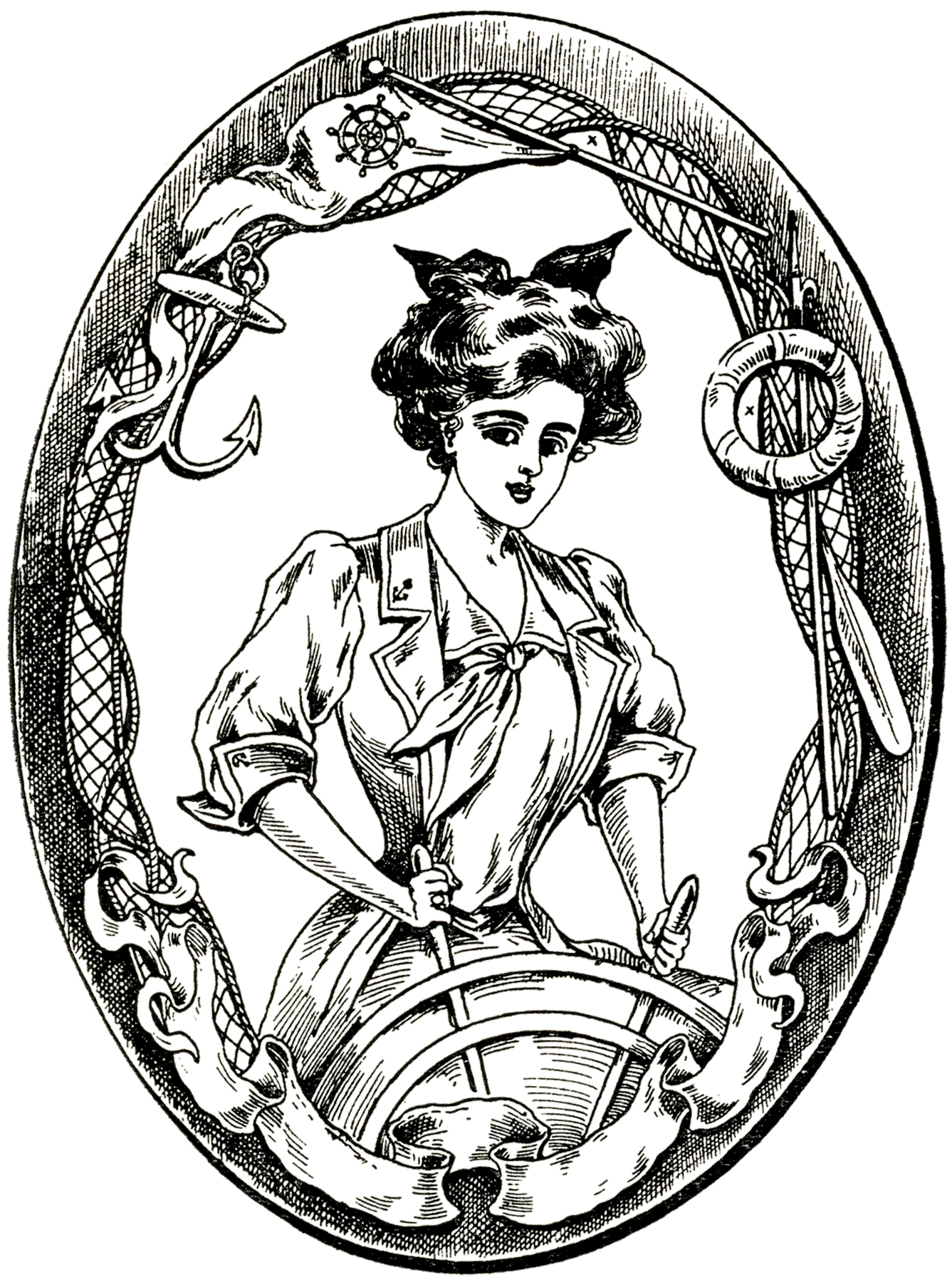
Saturday, November 16, 2019
Suffrage Quilting #2
There is a variation to quilting that we refer to now as a tied quilt; in the past they were often referred to these as comforts or comfortables. Here is one from my collection:
Around here, women often used pieces of wool or felt to make a fabric button that would inhibit the thread from wearing the quilt down too much. I don't know if this was done to stabilize quilts in other parts of the country. The end result is a very heavy and very thick quilt.
Suffragists didn't just talk about helping society. They put their money--and often their needles--to achieve the goals. Here is a touching article I thought you might appreciate.
Around here, women often used pieces of wool or felt to make a fabric button that would inhibit the thread from wearing the quilt down too much. I don't know if this was done to stabilize quilts in other parts of the country. The end result is a very heavy and very thick quilt.
Suffragists didn't just talk about helping society. They put their money--and often their needles--to achieve the goals. Here is a touching article I thought you might appreciate.
Wednesday, November 13, 2019
The Night of Terror
November 14, 1917: The Night of Terror
“Never would I recover
from this wound, this ugly knowledge I had gained of what men were capable in
their treatment of each other. It was
one thing to be writing about these things, to have the theoretical knowledge
of sweatshops and injustice and hunger, but it was quite another to experience
it in one’s own flesh.” --Dorothy
Day, one of the Silent Sentinels brutalized during the Night of Terror.
Nina Allender's illustration from The Suffragist Newspaper,
November 1917
One hundred and two years ago, 33 women were sent to the Occoquan
Workhouse. They had been charged with
obstructing traffic but the real crime was that they were protesting peacefully
outside The White House.
Since January,
a steady stream of women had been picketing the White House. At first they were a novelty to
Washingtonians, even featured on tourist tours.
January 1917
But after the United States entered World War 1, the “Silent Sentinels” were perceived as unpatriotic. They were clearly an embarrassment to Woodrow
Wilson. By summer they were being
arrested for picketing and often sent to Occoquan Workhouse.
Deprived of their natural rights—including the right to see
their lawyer, mail correspondence, or buy anything for themselves in the
prison store, the women considered themselves political prisoners. By November 14, 1917 the press was
already speculating about the health of Alice Paul who had been arrested in October
and was on a hunger strike with Rose Winslow and who would soon be joined by
Kate Heffelfinger.
The women were made to wait in the warden’s office and not
immediately processed into their cells. When the Superintendant Whittaker (the warden) did come in, he brought along
a group of thugs who beat and tortured the women; all accounts that I read
stated Superintendant Whittaker directed the whole attack.
All of the women were sent to the men’s prisons where they had no privacy available to them. But the beatings and the torture were even worse.
All of the women were sent to the men’s prisons where they had no privacy available to them. But the beatings and the torture were even worse.
Another illustration by Nina Allender
“I saw Dorothy Day brought in. She is a frail girl. The two men handling her were twisting her
arms above her head. Then suddenly they
lifted her up and banged her down over the arm of an iron bench—twice. As they ran past me, she was lying there with
her arms out, and we heard one of the men yell “The----suffrager! My mother ain’t no suffrager. I’ll put you through ----" reported Mrs. Mary Nolan the oldest
suffragist of the group at age 73.
Dorothy Day in 1916, she would later co-found the Catholic Worker Movement
Mary Nolan
Once in her room, Mrs. Nolan reported that “Mrs. (Dora) Lewis,
doubled over and handled like a sack of something, was literally thrown
in. Her head struck the iron bed. We thought she was dead. She didn’t move.” Alice Cosu who was also in the cell was so upset that she had a
heart attack and was denied medical assistance.
Dora Lewis upon her release from prison
Lucy Burns, the co-founder of the National Woman’s Party was
shackled with her arms above her for calling a roll call to see if all the
women were present or if something worse had happened to them. She was also threatened with a straightjacket
and gag.
Lucy Burns
When a male doctor did come to see the women later, the
women asked for a female doctor and refused to undress in front of him. Per Lucy Burn’s notes, they “were dragged
through halls by force, our clothing removed by force and we were examined…”
Most of the women went on hunger strikes. You can read about the Night of Terror all
over the internet. I wanted you to hear first-hand
accounts from the book , Jailed For
Freedom written by Doris Stevens and
published in 1920. It’s free to read on
google books.
But here’s the thing—the women never gave in. And many of them went right back to the
picket line once they were released. The
absolute tenacity of these women was commented on by a government doctor at the
workhouse:
Thank you Silent Sentinels.
You are not forgotten.
Subscribe to:
Comments (Atom)





